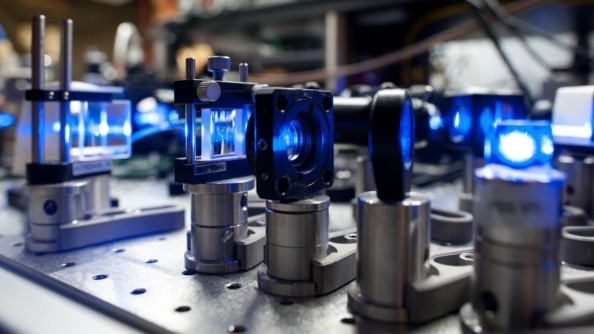A strange quantum effect, anticipated for decades, has now been demonstrated: you can make a cloud of gas invisible by making it cold and dense enough.
Lasers were employed by scientists at the Massachusetts Institute of Technology (MIT) to squeeze and cool lithium gas to densities and temperatures low enough to scatter less light. They claim that if they can chill the cloud to absolute zero (minus 459.67 degrees Fahrenheit, or minus 273.15 degrees Celsius), it will vanish totally. The novel method could be used to create light-suppressing materials for quantum computers to prevent data loss.

In a statement, senior author of the study, Wolfgang Ketterle, a professor of physics at MIT, stated, “What we’ve found is one very particular and simple form of Pauli blocking, which is that it prevents an atom from doing what all atoms would naturally do: scatter light.” “This is the first direct evidence that this effect exists, and it demonstrates a new physics phenomenon.”
When photons of light enter a cloud of atoms, the particles ping off each other like billiard balls, scattering photons in all directions and making the cloud visible. The Pauli effect kicks in when atoms are supercooled and ultra-squeezed, and the particles effectively have less area to scatter light, according to the MIT study. Instead of being scattered, the photons simply flow through.
The physicists noticed this phenomenon in a cloud of lithium atoms during their tests. The atoms scattered less light as they became colder and denser, and they became progressively darker.

The researchers believe that if they could push the temperatures further lower, to absolute zero, the cloud would vanish completely.
The team’s findings, published in Science, are the first to show Pauli blocking’s effect on atom-light scattering. This impact was anticipated 30 years ago but has only recently been observed.
Now that the Pauli blocking effect has been shown, researchers may be able to exploit it to produce light-blocking materials. This would be especially beneficial for quantum computers, which are currently hampered by quantum de-coherence.


